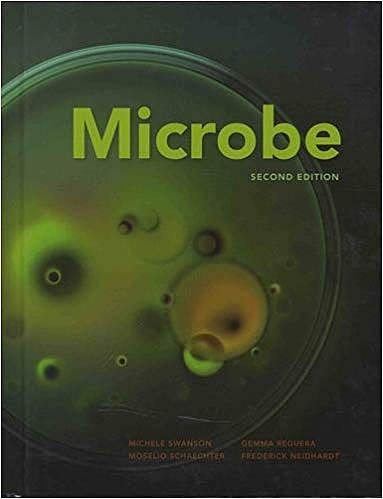
Microbe
Michele Swanson, Gemma Reguera, Moselio Schaechter, ... [et. al.]
2nd ed.
Washington, DC : ASM Press, cop. 2016
 |
Microbe Michele Swanson, Gemma Reguera, Moselio Schaechter, ... [et. al.] 2nd ed. Washington, DC : ASM Press, cop. 2016 |
30 termes
| macrolesion n. |
|
| magnetic bacterium n. |
|
| maintenance metabolism n. |
|
| major bacterial adaptation n. |
|
| Mariprofundus ferroxydans [nom científic] |
|
| MCP n. (methyl-accepting chemotaxis protein) |
|
| MERS n. (Middle East respiratory syndrome) |
|
| metabolite transfer n. |
|
| metagenome n. |
|
| metagenomics n. |
|
| metaproteome n. |
|
| metaproteomics n. |
|
| metatranscriptome n. |
|
| metatranscriptomics n. |
|
| Methanobacterium bryantii [nom científic] |
|
| Methanobrevibacter smithii [nom científic] |
|
| methyl-directed mismatch-repair n. |
|
| microbial biogeography n. |
|
| microbial dark matter n. |
|
| microtubule organizing center n. |
|
| Middle East respiratory syndrome n. (MERS) |
|
| mineral footprint n. |
|
| modular rearrangement n. |
|
| mosquito-borne parasite n. |
|
| MRSA USA300 n. |
|
| Mu n. |
|
| murein synthesis inhibitor n. |
|
| Mut protein n. (mutator protein) |
|
| mutator protein n. (mut protein) |
|
| Mycobacterium marinum [nom científic] |
|